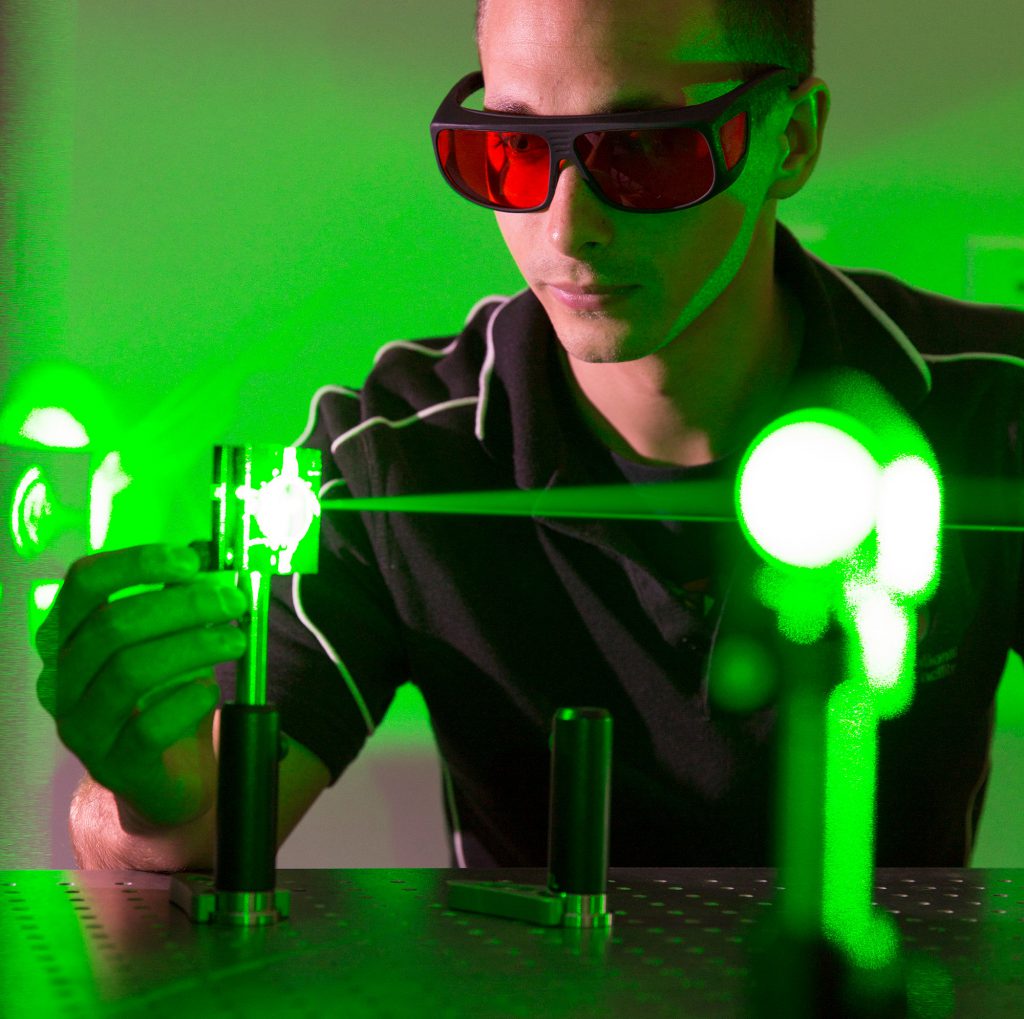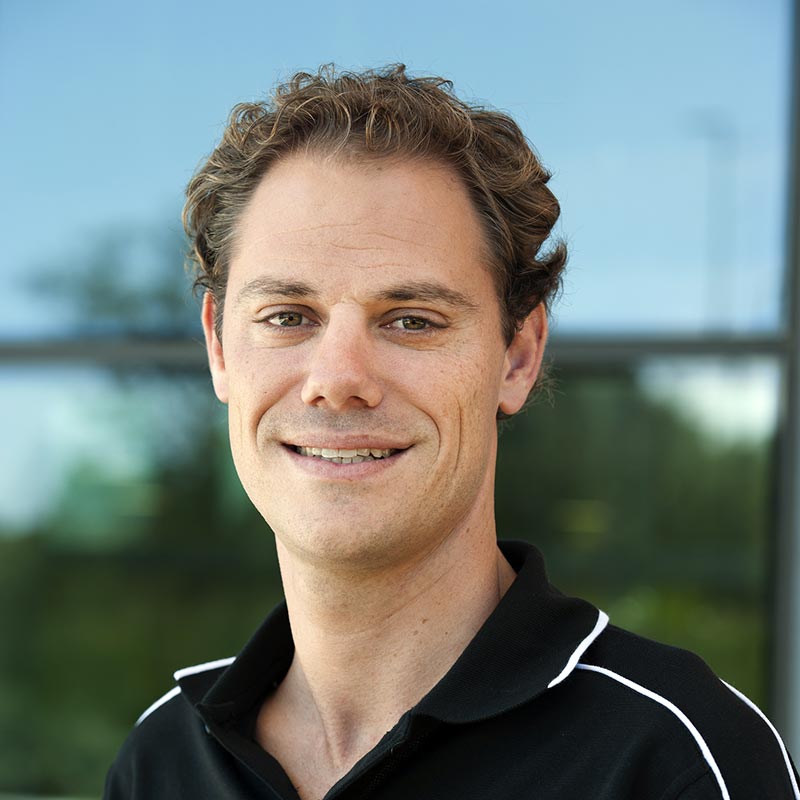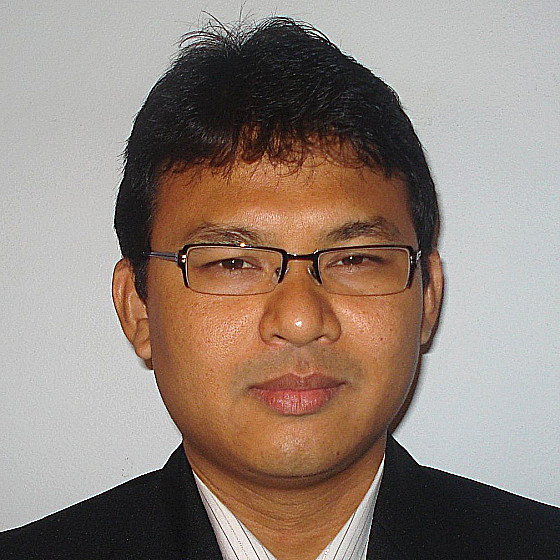
Optofab offers specialist facilities and dedicated staff that are on hand to provide services and technical support to users in microprocessing, microfabrication and characterisation of fibre, planar and bulk materials which include silica, metals, ceramics, silicon, polymers and crystals.
Optofab services have proved beneficial for applications in telecoms, biotechnology, biomedicine, microelectronics, optical sensing, industrial processing, defence and security.
The Node consists of centres at Macquarie University (headquarters), the University of Adelaide, the Australian National University, and the University of Sydney.

Laser micromachining and processing; speciality and functional optical materials; laser inscription of photonic devices; photolithography; diamond CVD and nanoparticles; speciality optical fibre production.
Node Director: Prof Michael Withford
Email: michael.withford@mq.edu.au or for general node inquiries optofab.anff@gmail.com
Phone: +61 2 9850 7056
Facility Manager: Dr Benjamin Johnston
Email: benjamin.johnston@mq.edu.au
Phone: +61 2 9850 8960
Australian Hearing Hub (Building W1A)
Level 4, 16 University Avenue
Macquarie University
North Ryde NSW 2109
The Braggs Building
The University of Adelaide
SA 5005, Australia
Research School of Physics
building #160, Level 3, End of Mills Road
The Australian National University
Canberra ACT 2601
+61 2 6125 8574





